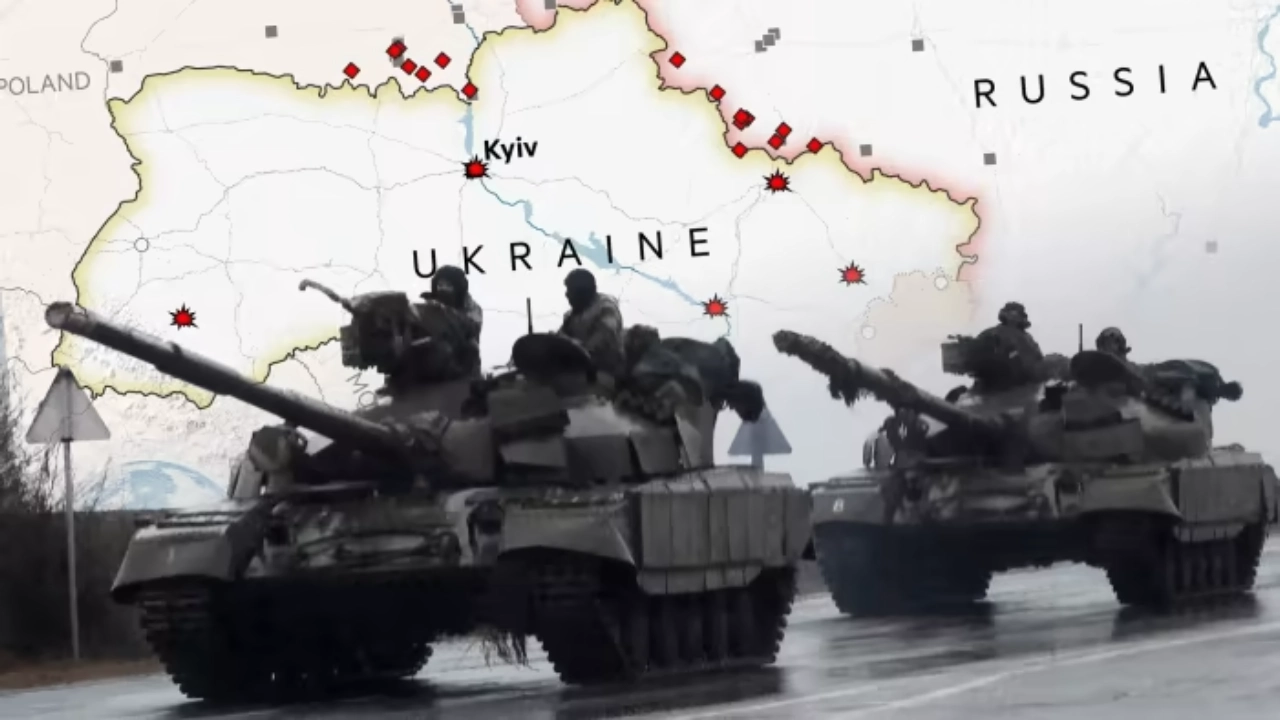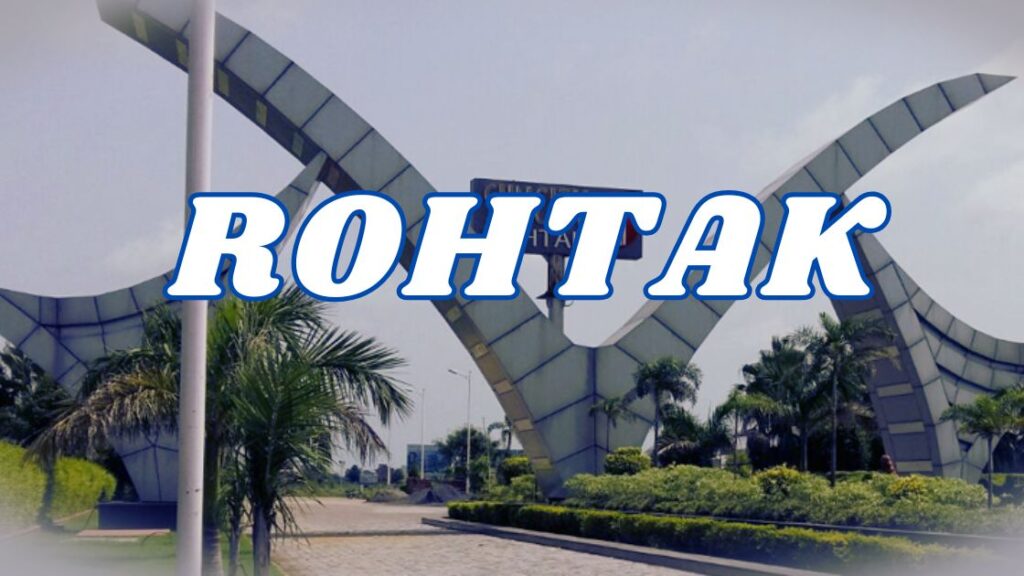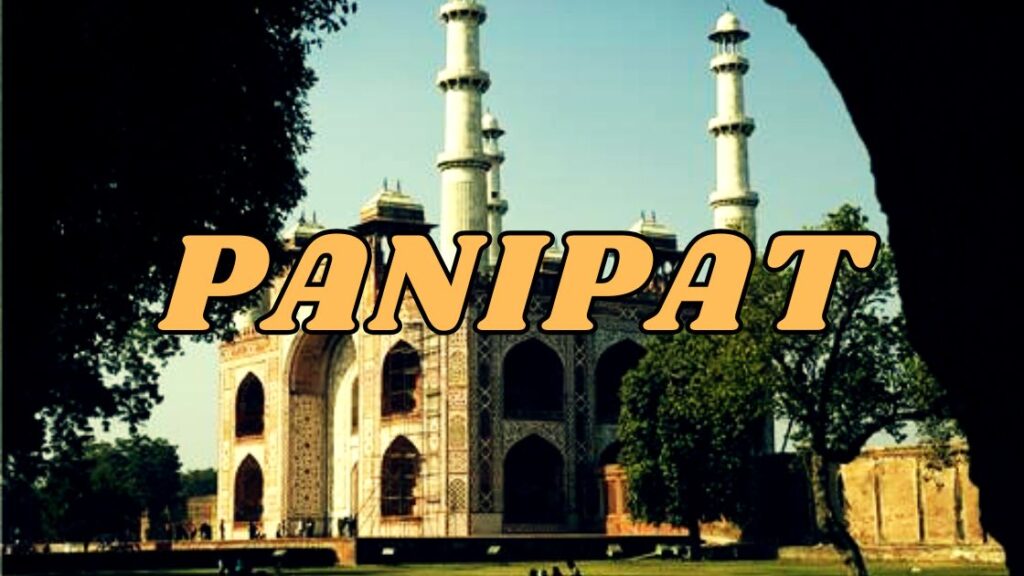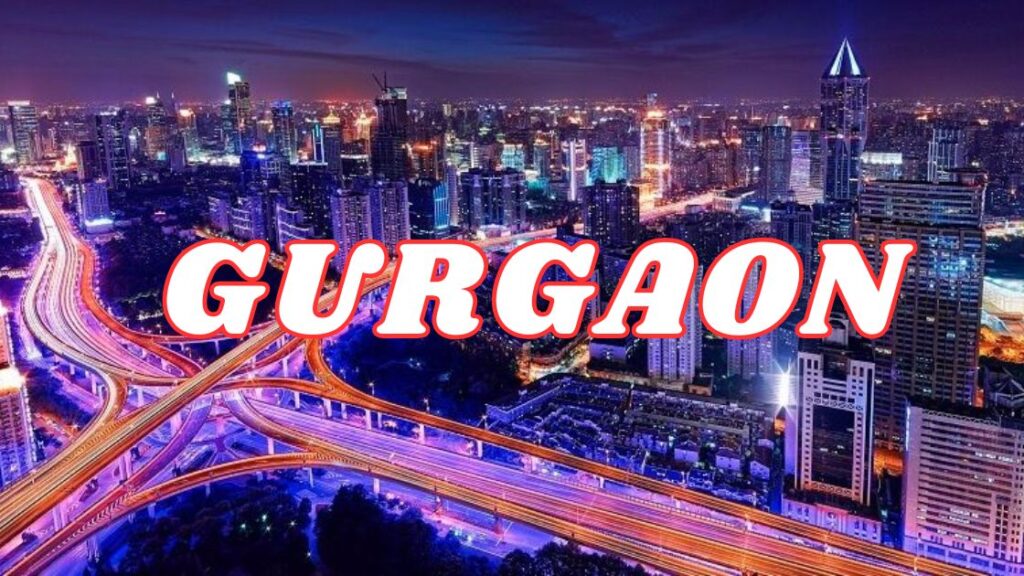Table of Contents
Russia’s announcement of ‘special military action’ against Ukraine in February 2022 severely escalated the eight-year-old conflict, which began with Russia’s annexation of Crimea and has deeply affected European security. A year after the fighting began, defense and policy pundits have called the attack a major strategic blunder by Russian President Vladimir Putin. The war has prompted Ukraine to join the NATO alliance.
Russia-Ukraine History: A Timeline
- Both Russia and Ukraine claim Kievan Rus as their ancestor. Kiev was the capital of Russia from the 9th century until 1240 when it was invaded by the Mongols. Then Moscow became the capital of the Russian Empire. Kiev was part of the Polish–Lithuanian Commonwealth from the 1570s to the 1740s. Imperial Russia invaded Ukraine in 1783 in a largely bloodless incident.
- The Russians began to assimilate Ukrainians into Russian culture and settle ethnic Russians in Ukraine. As a result, the Russian population in Ukraine grew from about 3.5 million in 1917 to more than 34 million by 1989.
- On November 1917, the Ukrainian Central Council declared independence. A few months later, the establishment of the Ukrainian People’s Republic was announced. The Ukrainian Bolsheviks defeated the nationalist government in Russo-Ukrainian (1917–1921) and established the Ukrainian Soviet Socialist Republic (SSR). The Ukrainian SSR and Russia joined hands to establish the Soviet Union in 1922.
- Ukraine’s fertile plains and favorable climate made it a major food supplier to the Soviet Union. In turn, the Ukraine SSR became industrialized, and the agricultural sector was modernized under Soviet Russia. In 1954, Soviet leader Nikita Khrushchev ceded Crimea to the Ukraine SSR in order to politically unify the Soviet Union.
- Ukraine got independence in 1991. In 1994, Ukraine agreed to give up the world’s third largest nuclear arsenal inherited from the collapsed Soviet Union and transfer it to Russia to destroy all nuclear weapons and join the Nuclear Non-Proliferation Treaty (NPT). In return, Ukraine was promised security assurances in the Budapest Memorandum signed in 1994 with Russia, Britain and the US joining the NPT.
- The 2004 Orange Revolution (against rigged presidential elections) and the Euromaidan protests (when Ukrainian President Yanukovych suspended signing the EU Association Agreement and instead chose closer ties with Russia) were mainly against the predominantly pro-Russia central government.
Causes of Conflict :
Historical Factors: Kiev is sometimes called the ‘Mother of Russian Cities’. It was the capital of the Russian Empire and ‘Slav’ people lived in it. Russia has never accepted the independence of Ukraine and considers separation from Ukraine a mistake of history.
Political factors: Russian leaders, including Putin, have alleged that the United States and NATO (North Atlantic Treaty Organization) have repeatedly violated their assurances in the early 1990s not to expand the alliance into the former Soviet bloc. He saw NATO expansion as an affront to the tumultuous period for Russia following the disintegration of the Soviet Union, which he simply could not look past. Before NATO’s 2008 summit, President Vladimir Putin warned American diplomats that an attempt to bring Ukraine into NATO would be “an act hostile to Russia.” Months later, Russia went to war with Georgia, demonstrating Putin’s willingness to use force to secure his country’s interests.
Security factor: Russia wants to use Ukraine as a buffer state between Russia and NATO. Sevastopol in Crimea is the home port of Russia’s Black Sea Fleet, the region’s leading maritime power.
Russian diaspora: In 2001, according to a census, approximately eight million ethnic Russians were living in Ukraine, mainly in the south and east. Moscow used the security of these people as an excuse for its actions in Crimea and Donbass in 2014.
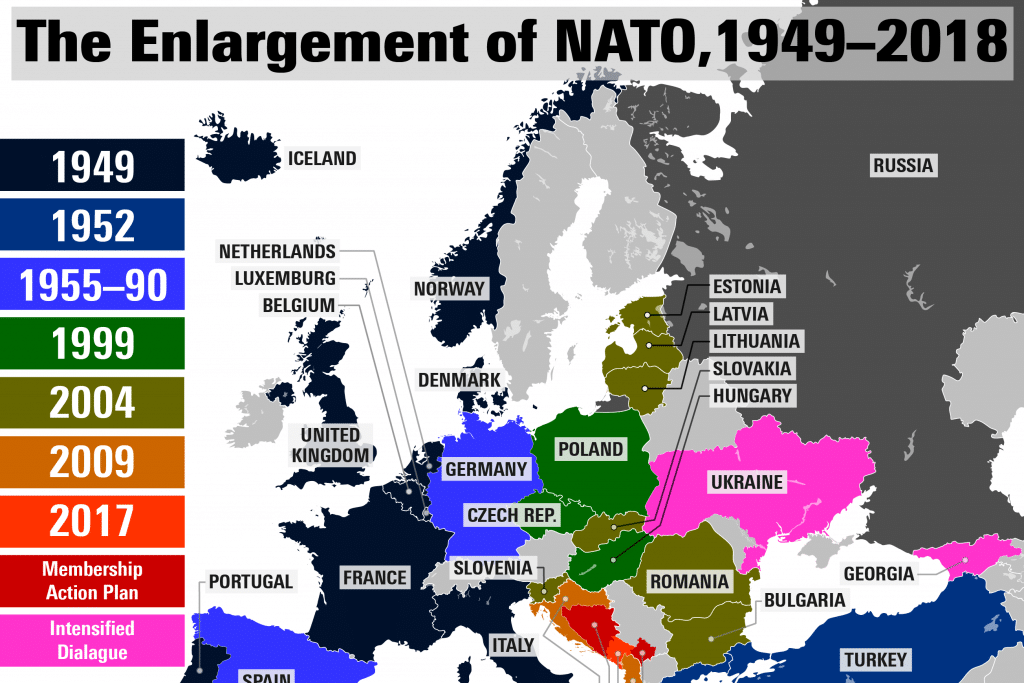
2014 Ukraine Crisis :
In early 2014 the ‘Euromaidan’ protests turned violent and in February of that year, some European foreign ministers brokered a deal involving a unity government and early elections. Following the collapse of the power-sharing agreement on 22 February 2014, President Yanukovych fled Ukraine, and the Ukrainian parliament installed a new government.
In early 2014 the ‘Euromaidan’ protests turned violent and in February of that year, some European foreign ministers brokered a deal involving a unity government and early elections. Following the collapse of the power-sharing agreement on 22 February 2014, President Yanukovych fled Ukraine, and the Ukrainian parliament installed a new government.
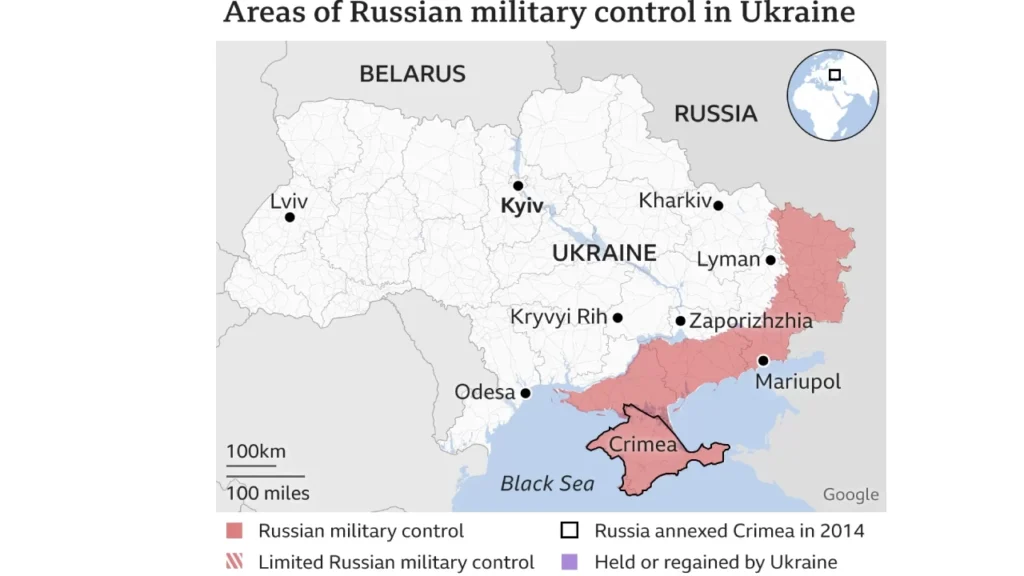
Russian full-Scale Invasion:
Since February 2022, Russian forces have been conducting a full-scale assault on the country, and in early October 2022, Russia signed annexation treaty recognizing Donetsk, Luhansk, Kherson and Zaporizhia as part of the Russian Federation, even though only few areas are entirely under Russian control.
With Western military aid, Ukraine is waging a significant counteroffensive and has made territorial gains. In the early hours of 6 June, the Kakhovka Dam collapsed, causing massive flooding that affected settlements and farms throughout the region. The UN says drinking water supplies for more than 700,000 people could be affected, mostly in Russia-occupied territories.
Impact of Russia-Ukraine War on Indian Economy:
As soon as the Russia-Ukraine war started on February 24 and in response the US imposed sanctions on the Russian economy, it directly affected the Indian economy on trade with these countries. However, this has little impact on India as trade with Russia accounts for about 1% of the total foreign trade of the economy, and that too in the area of defense where the government may look for ways to safeguard deals. , to a more significant extent.
However, the indirect impact of the war on the Indian economy is significant due to domestic inflation and economic fallout caused by market factors such as rising prices of metals and edible oil, rupee depreciation and rising crude oil prices, resulting in increased transportation and inter-state movement of goods, among other things.
conclusion:
Our human race faces the multiple cascading existential threats of climate change, inequality, poverty, violent extremism, and nuclear annihilation. In order to make the world a better place, it is necessary to expedite the transformation of this current crisis to peaceful international cooperation where the US, Russia, and all countries recognize and act upon our mutually beneficial security needs.

